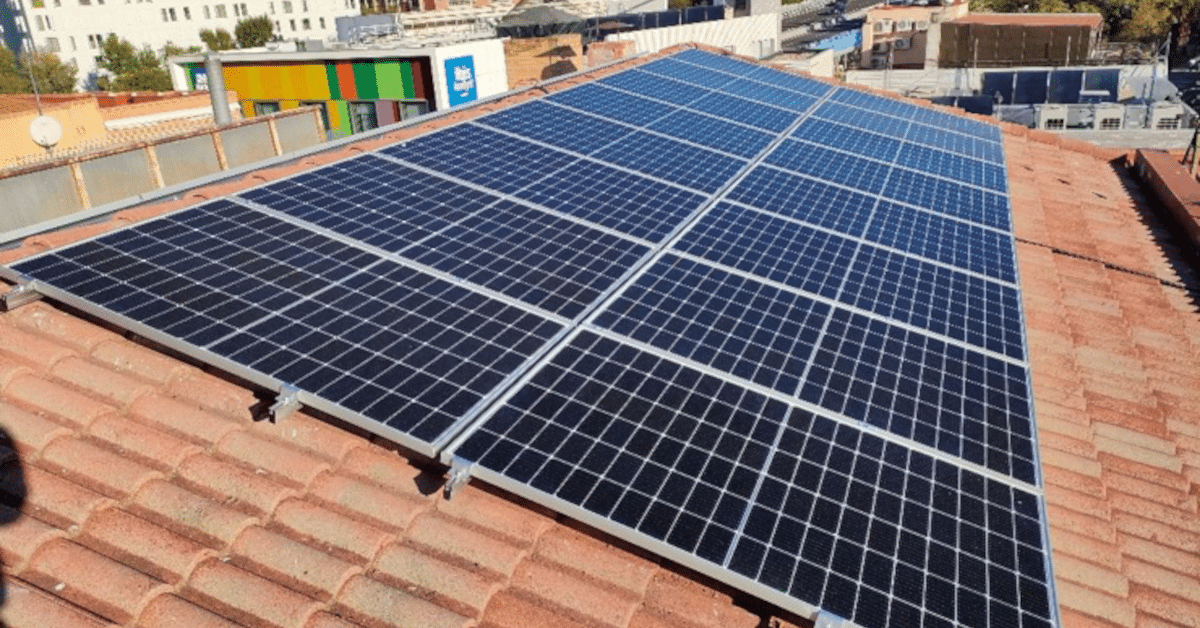I nvestments in renewable energy are expanding. Belgium is a leader in offshore wind, and the residential installation rate in photovoltaics has increased due to the effects of the energy crisis. However, especially in relation to PV and onshore wind, targets and policies remain lacklustre.
– Renewable Energy is expanding.
– To some extent this is due to policies that are in place (e.g. offshore wind).
– Ambition and policies can further boost the deployments rates: the opportunity of the Belgian NECP revision needs to be seized to bring these policies in line with 2030 targets.

The share of renewable energy and green electricity has been expanding since 2005, with a further acceleration in recent years (including during the energy crisis). This is true for offshore wind, in which Belgium has become one of the leading countries in Europe, as well as for photovoltaics and on-shore wind. The deployment of these technologies has boosted the production of renewable energy, has lowered GHGs-emissions, and has increased Belgian independence from fossil fuels.
However, the pace of deployment as well as the Belgian (especially regional) ambitions and policies have nonetheless remained below what is necessary for a fast transformation by 2030.
Belgium could only meet its 2020 target of 13% renewable energy by buying green certificates abroad. The current National Energy and Climate Plan (NEKP 2019) aims for an RE share of 17.5% by 2030. In the revision of the RED, the European Commission stated an indicative goal of 32% for Belgium – which will likely further increase to 36% (REPowerEU).
The three regions will have to step up their efforts if Belgium does not want to become the European laggard in terms of renewable energy sources.
Based on a study work by Energyville, Belgium can achieve a 70% renewable electricity mix by 2030 by aiming for a capacity of about 24.5 GW PV + 5.8 GW offshore wind + 5 GW onshore wind. Most of this action will need to come from the regional governments. At the Flemish side, for example, ambitions and policies have remained feeble. With its Solar Plan 2025, the Flemish Government aims for an installed solar energy capacity of 6.7 GW in 2030. The targets will be easily met: just under 4.9 GW have already been installed. But this only tells us that ambitions are far too low.
Targets urgently need to and can be substantially higher, especially now that solar power is substantially cheaper than thermal. Permitting procedures, support policies and installation obligations (e.g. on parking lots) will then need to follow.

